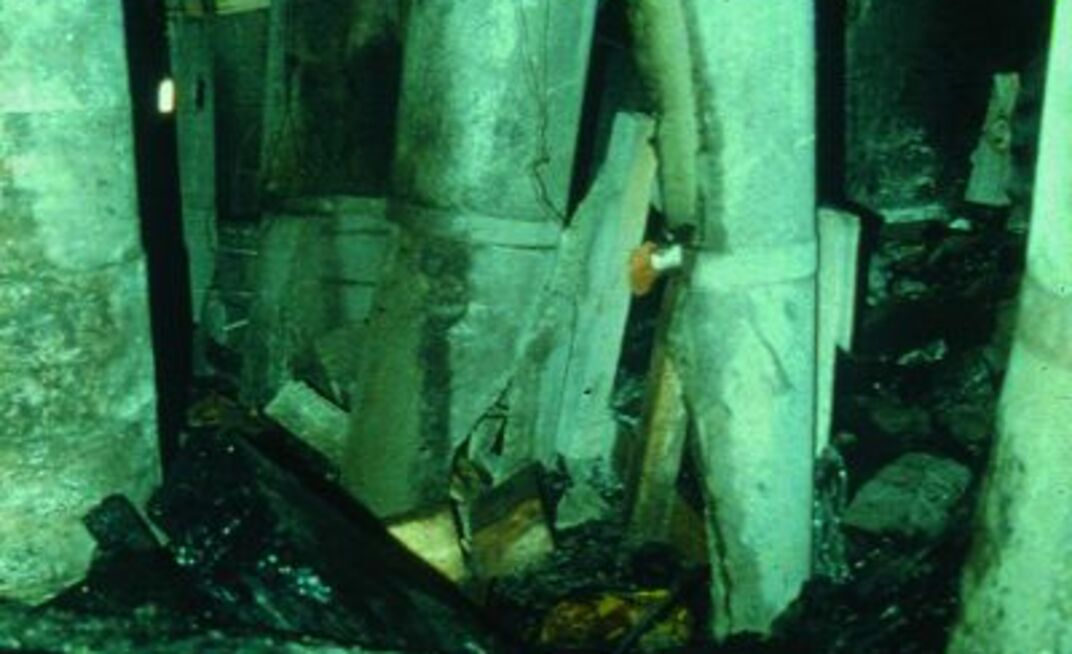Published in the December 2005 American Longwall Magazine
Researchers from the National Institute for Occupational Safety and Health (NIOSH) and Australian company Strata Engineering recently announced their intention to progress further research into pre-driven longwall recovery roadways amid a resurgence of interest in the technique, which can radically improve the time taken to perform a longwall move.
Pre-driven longwall recovery roadways are used to expedite the longwall recovery process. The longwall is in effect retreated into a “pre-reinforced cage”, eliminating the usual bolt-up phase of a longwall recovery.
Standing and internal supports (including bolts, cables and rib bolts) are typically installed in the recovery roadway before the longwall face approaches.
Recent experience in Australia also suggests that this method of recovery speeds up the removal of the longwall supports as well as significantly improving safety.
Interest in the use of pre-driven recovery roadways is undergoing a resurgence in the United States and Australia. In Australia, two such roadways were completed in the past 14 months with a further two planned for the coming year.
Recently, the Appin mine in Australia holed its longwall into a backfilled pre-driven roadway. Usually, the strata in the pre-driven roadway is supported with standing support rather than back-fill. The BHP Billiton Illawarra operation, however, mines in challenging strata conditions, with a shale roof, high horizontal stresses and about 500m depth of cover.
The Appin management team believed that in view of the difficult mining conditions common to the area of the mine where the recovery was to take place, the stability of the fender located between the longwall face and the recovery road could be compromised during holing.
To compensate for this presumed weakness, the roadway was backfilled as it was believed that the backfill would help control the fender during abutment loading and any associated deterioration in roof and floor conditions in the recovery roadway.
In addition to the backfill, the roadway was supported with 8m long cables in the roof pre-tensioned to 25 tonnes and the fender itself was supported with 30t capacity rib bolts and 10m long cuttable cables.
Strata Engineering has designed a number of pre-driven roadways in Australian mines, and assisted the Appin management team with the Recovery Road Management Plan.
The mine elected to use a cementitious-fly-ash mixture, and contracted grout supplier Minova to pump the mixture. Over 12 days, 6000 cubic metres of grout was placed into the roadway, 255m long, 6.2-6.5m wide and 3.2m high.
BHPB – Illawarra Coal principal geotechnical engineer Rod Doyle said that there were some concerns about whether the mixture would fill to the roof so, as an extra precaution, tin cans were placed at 3-4m intervals along the roadway.
Despite some challenges, the exercise was described as very successful with a significant improvement reported in the time taken to carry out the longwall changeover.
The Appin example however highlighted one of the critical design challenges that remains: the need for a strong, cuttable, and yieldable type of standing support.
The successful development of such a support would have other uses in tailgate roadways where the supports could be pumped remotely, thus reducing the need for vehicular access.
The researchers are in the early stages of investigating designs for standing supports such as these, with full-scale testing of the conceptual designs to be conducted in the Mine Roof Simulator at the NIOSH Pittsburgh Laboratory.
Tom Barczak, of NIOSH, who has designed and tested standing support systems for more than 25 years, will be overseeing the testing program and experimental field trials. Instrumentation packages are being scheduled.
"Although there are no doubt many geotechnical environments where this method of longwall recovery will not be suitable, to a large extent this subject is all about engineering common sense and confidence," said Strata Engineering’s Dr Rob Thomas.
NIOSH’s Dr. Stephen Tadolini said the specific aim of the NIOSH-Strata Engineering joint effort was to lower the geotechnical risk associated with the use of pre-driven longwall recovery roadways and improve their industry acceptance as a viable alternative to more conventional, potentially dangerous and costly longwall recoveries.
The international effort aims to research previous, current and potential entry and support designs with the overall goal of developing comprehensive design guidelines for a wide range of roof and floor types, seam thicknesses and depths of cover.
























